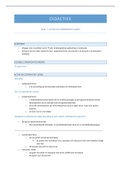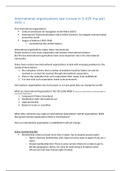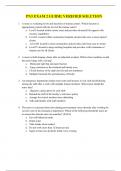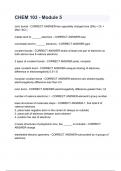Examen
INF3703 databases SUMMARY 2022/2023
- Grado
- Institución
INF3703 databases SUMMARY 2022/2023 Database Design 9-1 The Information System [p.440] A database is a carefully designed and constructed repository of facts. The database is part of a large whole known as an Information System, which provides for data collection, storage, transformation, and ...
[Mostrar más]












